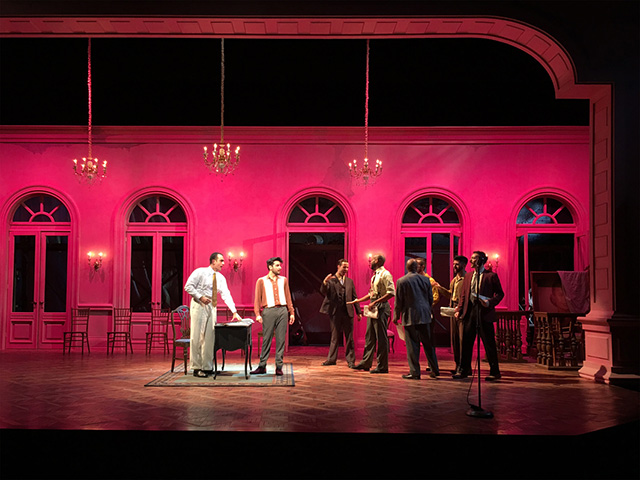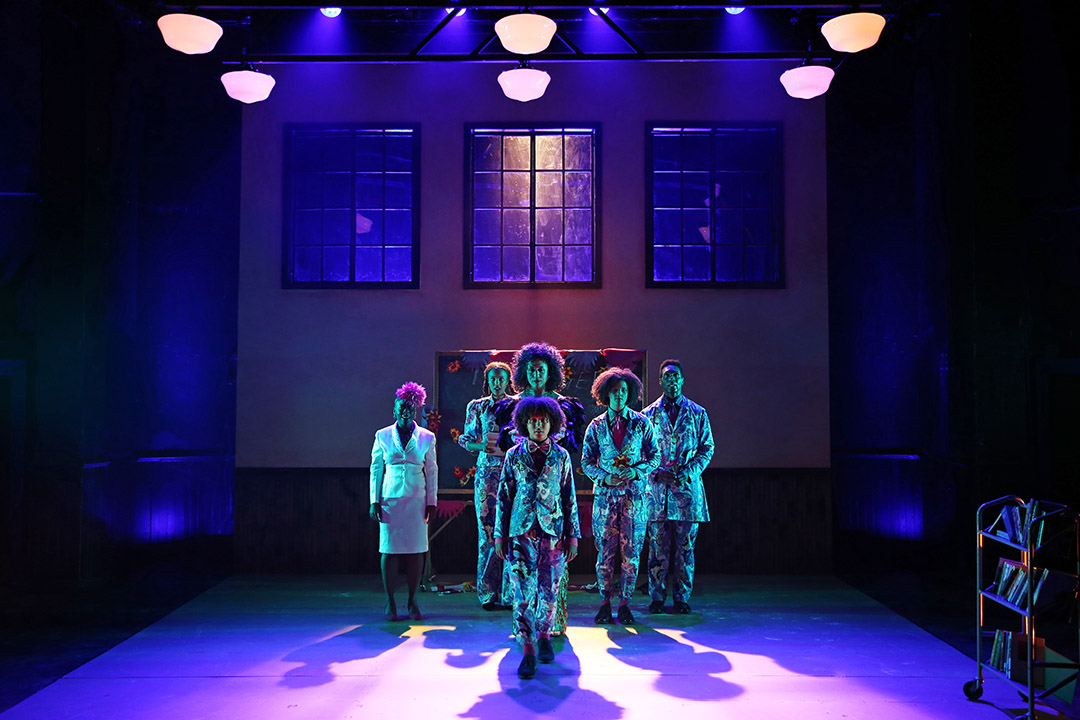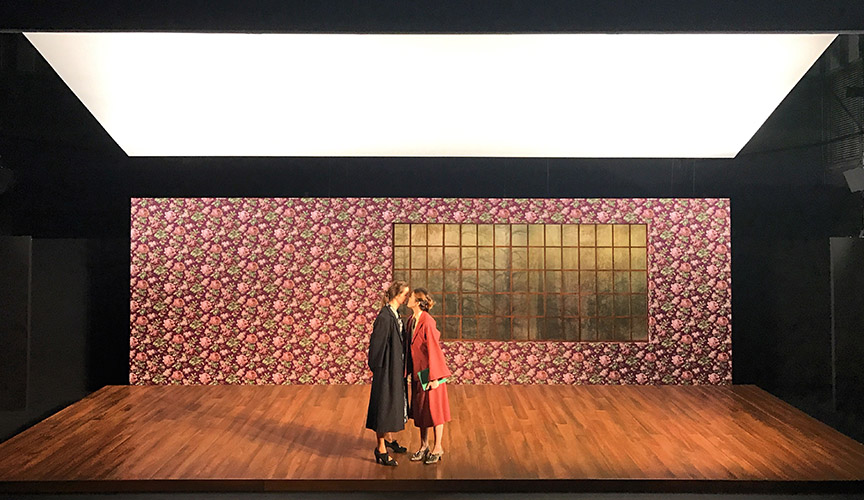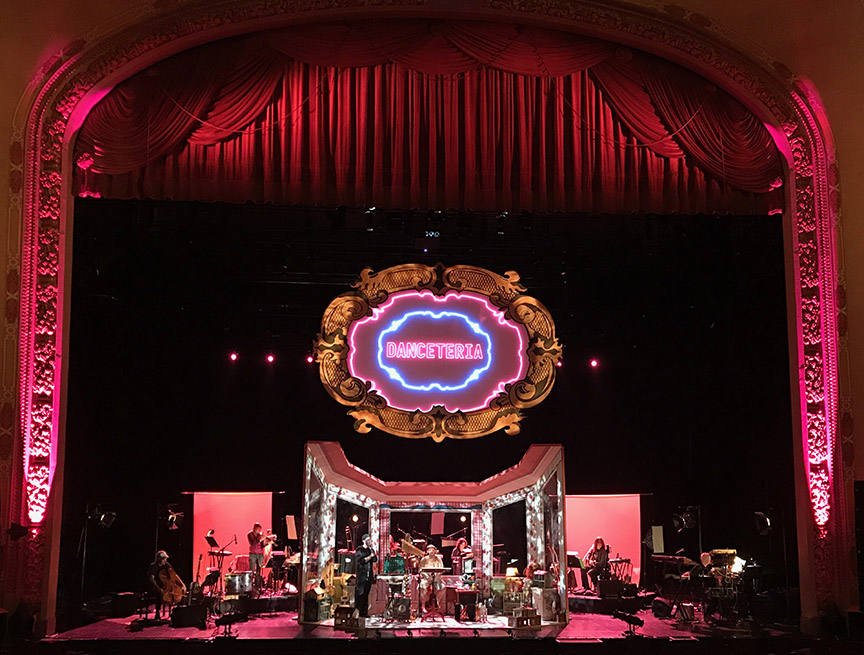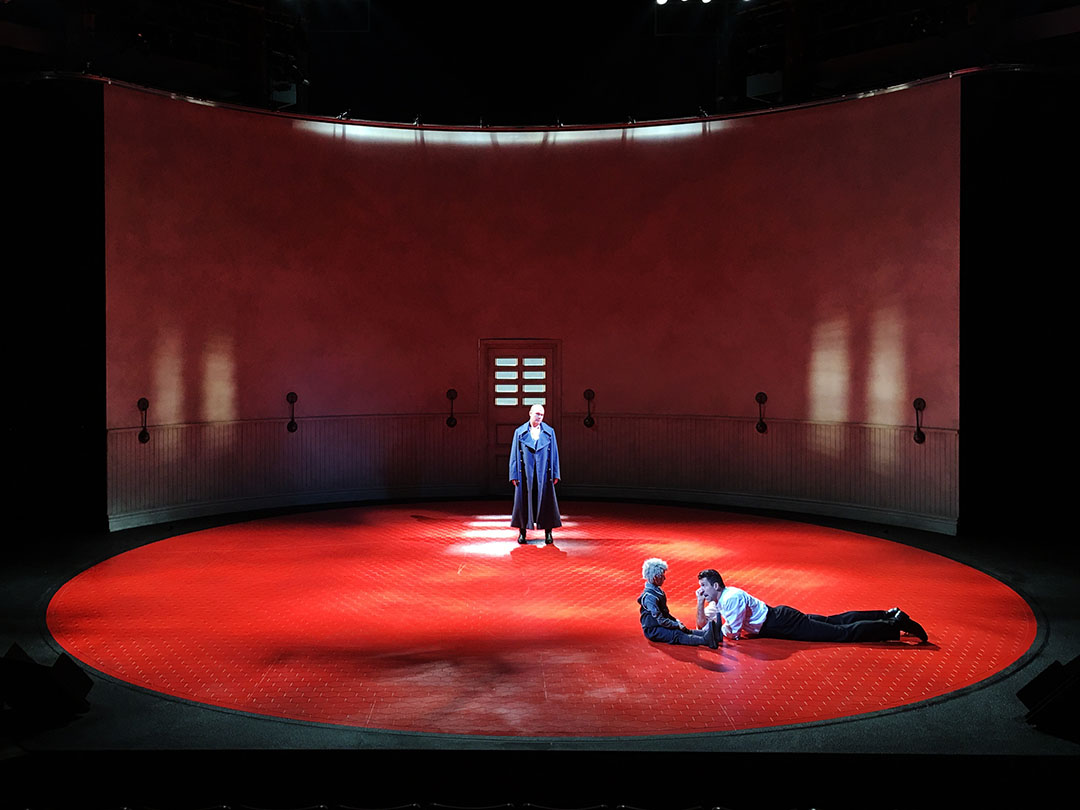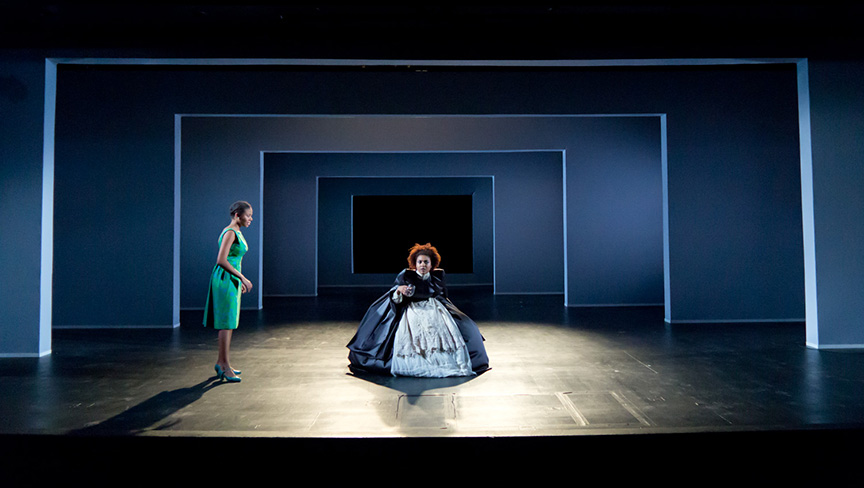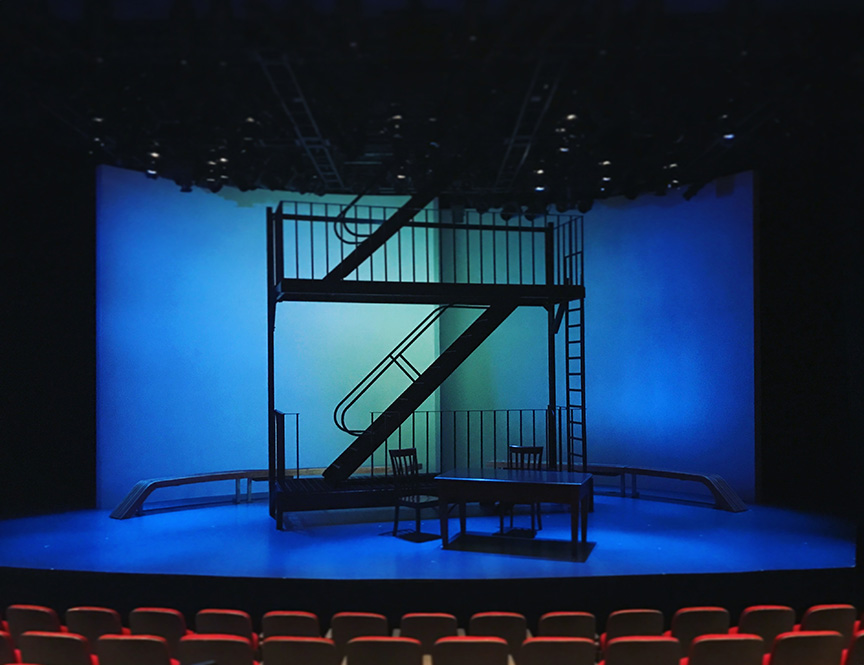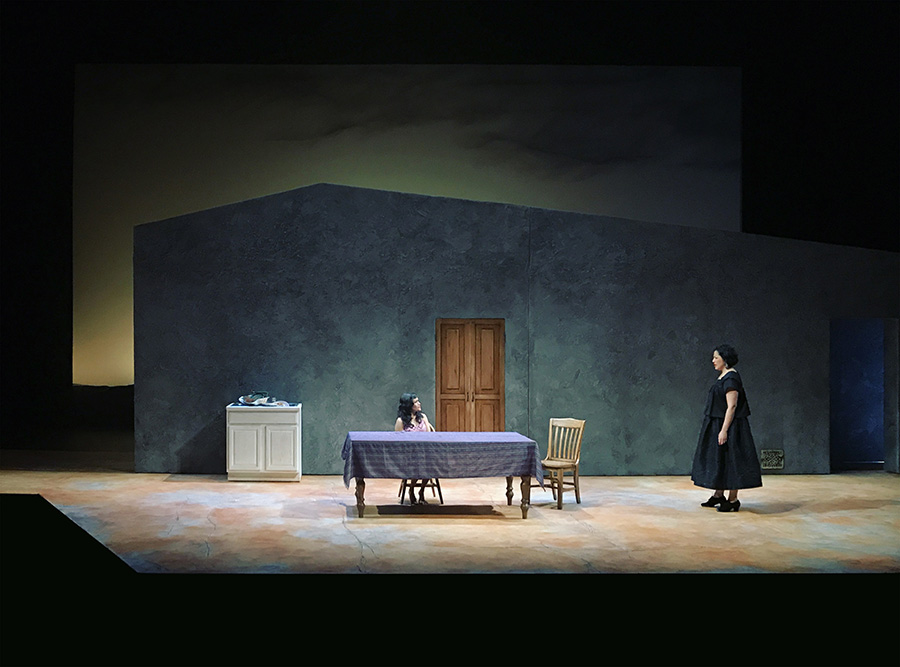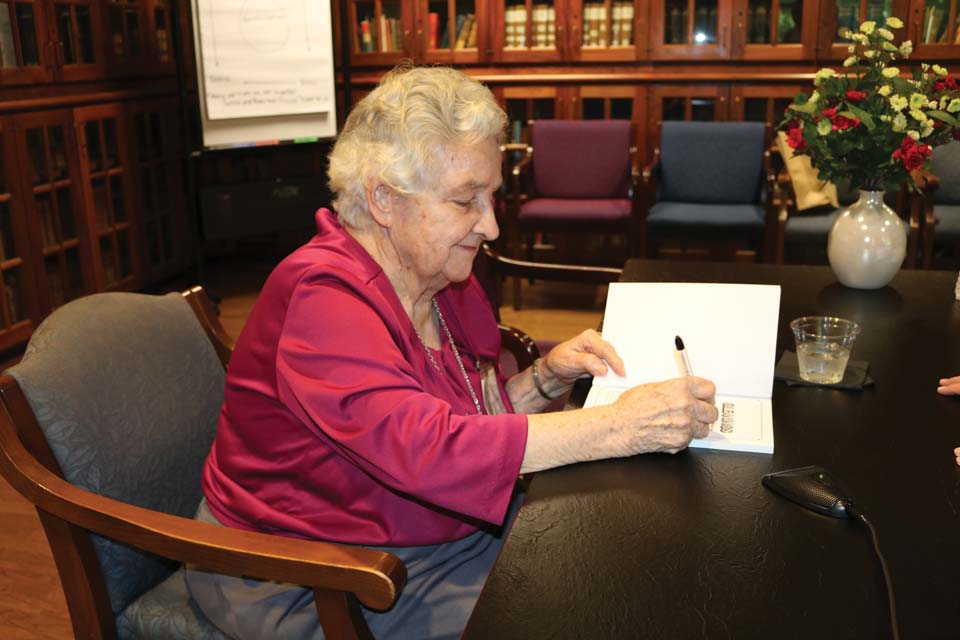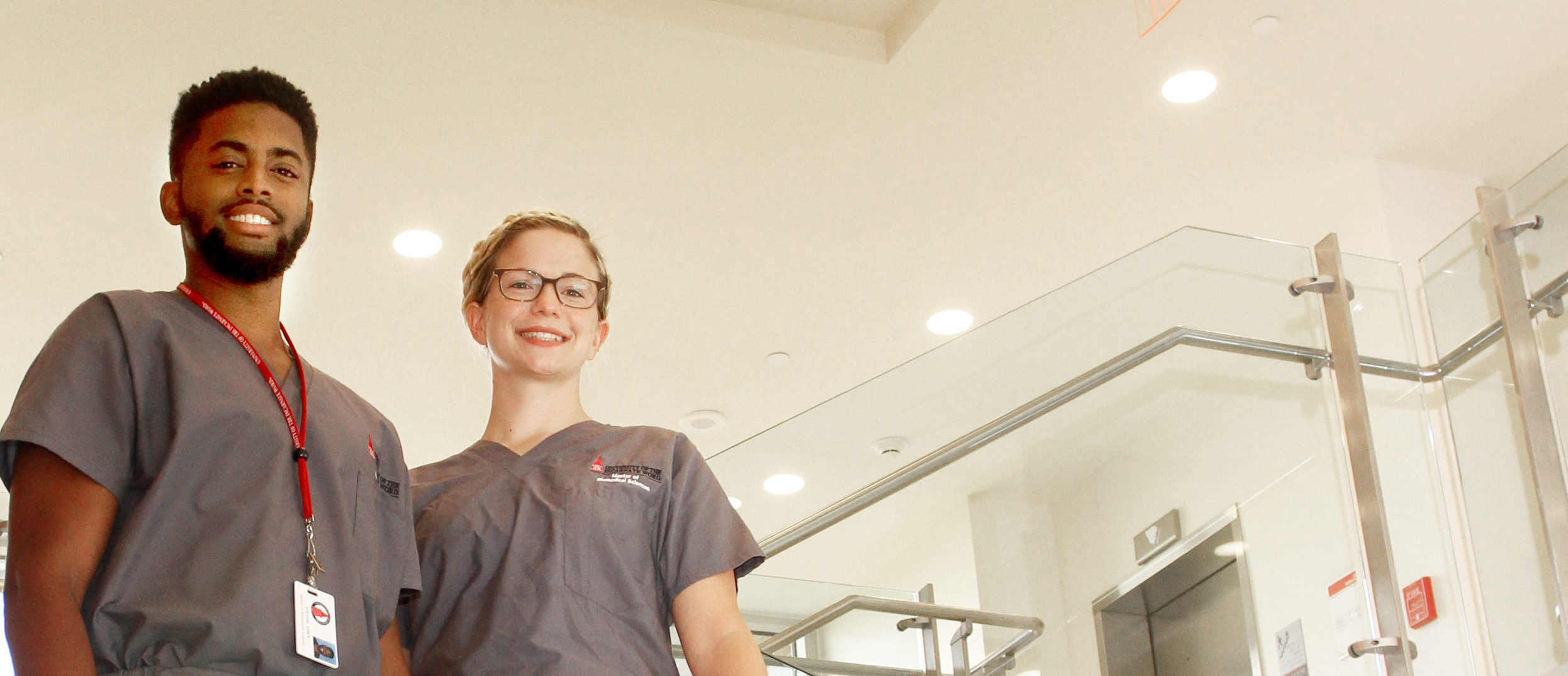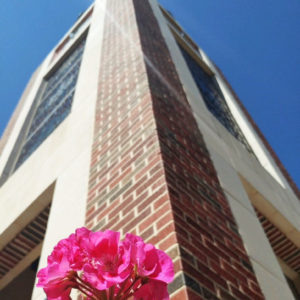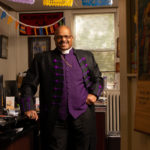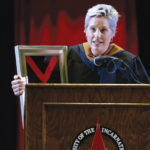For University of the Incarnate Word graduate Arnulfo Maldonado, theatre was never about one thing – he loved every aspect of the art form.
From acting to set design to costuming, Maldonado had his hands in just about every element of stage production as he could – more so when he was accepted into UIW as a theatre arts and English double major in 1998.
He credits the comprehensive education he received at UIW for the work he is currently doing as a full-time freelance set and costume designer in New York City.
Currently, Maldonado is a resident scenic designer for the National Playwrights Conference at the prestigious Eugene O’Neill Theater Center. Since moving to NYC for graduate school in 2002, he has worked on more than 70 theatre and opera productions across the U.S. and in Peru, including Evita, directed by Will Davis, American Theater Company artistic director, and Peter and the Wolf, directed by well-renowned fashion designer Isaac Mizrahi.
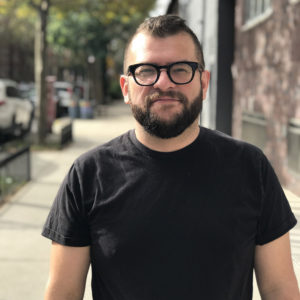
Arnulfo Maldonado
“Getting a very well-rounded theatre education at UIW was really helpful for me to figure out exactly what I wanted to do,” said Maldonado, 38. “I feel like it opened my mind up to more possibilities.”
Originally from Eagle Pass, Texas, Maldonado moved to San Antonio in 1993 and started his freshman year at St. Anthony Catholic High School – where he and his four older brothers boarded – and flourished in the art and drama departments.
After graduating from high school, Maldonado moved to Austin to study visual art at the University of Texas, but transferred to UIW the following year to change gears and focus on theatre. During his junior year at UIW, Maldonado took his first design class with theatre professor Margaret Mitchell and knew right away that costume and set design was his calling.
“Designing for the stage encompassed everything I was very interested in,” Maldonado said. “I was passionate about performing, but once I was able to mesh both worlds of theatre and studio art, I really fell in love with it. I had the drive, so I had to see it through.”
Mitchell, who brought Maldonado on to help do research for her book Making the Scene: A History of Stage Design and Technology in Europe and the United States (co-authored by Oscar G. Brockett), said as an actor and designer, he understood the theatre from multiple vantage points.
“Arnie has great artistic intuition and vision, so he has the ability to be analytical and expressive at the same time,” Mitchell said. “He knows how to tell a story through design. It’s always great to see an alum be very successful at making a living doing something he or she loves, and using their chosen degree to do it.”
After earning his BA from UIW in 2002, Maldonado was accepted to Tisch School of the Arts at New York University on a full scholarship. He considers his time at NYU as “theatre boot camp.”
“Moving to NYC not only allowed me to get my education, but it also immersed me in the field of design,” Maldonado said.
“I learned a lot, and got to meet people working in the industry. Eventually my circle of collaborators got bigger.” Forming part of that circle is director Daniel Alexander Jones, who has worked with Maldonado on several theatre productions, including The Owl Answers (And Sun), Duat and Jomama Jones: Radiate, which played at Soho Rep in New York City and the Pillsbury House Theatre in Minneapolis. Maldonado designed two complementary, but different, sets for the production.
“Arnulfo is a masterful designer who cares deeply about his craft, about the projects he chooses to work on and about the people with whom he collaborates,” Jones said. “With each project, he presents his vision and invites you into an intimate relationship with the environment he creates. It’s a thrill. He makes every room he is in better.”
Today, Maldonado who said he finds a lot of inspiration from modern artists, photographers and architects sees himself getting called upon more as a set designer for contemporary new works. He enjoys collaborating with developing playwrights and building an original vision from the ground up.
“It’s not just about designing a play, it’s about delving deeper into the dramaturgy,” he said. “For me, I get to create a body of work that will have a time stamp. [My sets] might only live in this world for a short time, but there is a visual and historic record of it and, for me, that is important.”

